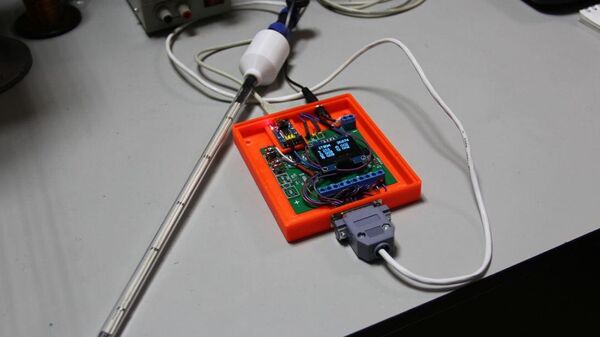
MOSCOW, January 15. SUSU employees have created a device that measures temperature several times more accurately than existing analogues in the world, and does not require regular maintenance, the university press service reported.
Most often in industry and technology, such types of thermometers as thermocouple, thermal resistance and thermister are used to measure temperature, said Vladimir Zhivulin, senior researcher at the crystal growth laboratory of the Research Institute of Advanced Materials and Resource Saving Technologies of South Ural State University (SUSU).
«
“All these thermometers “grow old” over time: their readings begin to deviate from the standard, and the error can reach 5-15 ⁰C. Therefore, at certain intervals, specialists are forced to remove the sensor from the device and calibrate it. For example, in our laboratory furnaces this needs to be done once every six months, and in industry — after each technological process,” he explained.
However, in some situations, for example, on a space satellite or at a nuclear power plant, it is almost impossible to maintain a temperature sensor.
«Until now, this problem has been solved by labor-intensive and low-tech methods, for example, tenfold duplication of sensors But in hazardous industries, an emergency situation can always happen when thermometers literally immediately after verification can be damaged and then transmit incorrect results,” the scientist noted.
To solve this problem, SUSU specialists have created a sensor that can independently check itself in each heating-cooling cycle. It includes the main temperature meter and a standard with which the sensor readings are compared using control points.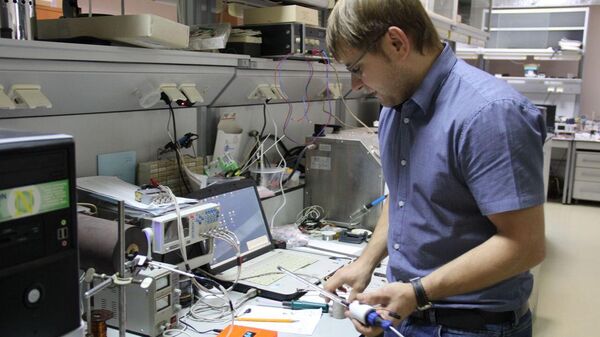
1 of 2
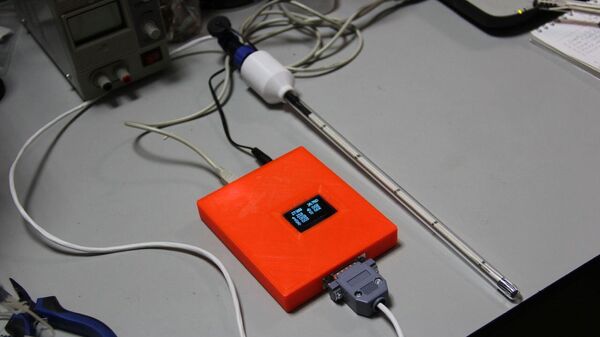
2 of 2
1 of 2
2 of 2
«All this is a single capsule, a monoblock. If we see that there is a deviation from the control points, we can calculate a temperature correction that needs to be entered into the calculations and the true values restored. To create the device, we used ferrites — a chemically inert, thermally stable material that is not affected even by high background radiation,» said Zhivulin.
Ferrite is a magnetic material; When heated, phase transitions occur in it, and at a certain temperature it becomes non-magnetic. Chelyabinsk materials scientists from the scientific school of RAS professor Denis Vinnik have learned to controllably change the temperature of the magnetic phase transition of ferrites.
The researchers put forward the idea that by detecting the magnetic phase transition, it is possible to accurately determine the temperature of the ferrite. The head of the international laboratory of technical self-diagnostics and self-monitoring of devices and systems at SUSU, Alexander Shestakov, proposed creating a sensor where a ferrite element would act as a temperature standard.
The entire development — from material to design, including electronics — was designed and manufactured at SUSU. The prototype of the “ageless” thermometer is already ready and is being tested. The uniqueness of the project, according to the creators, is that Chelyabinsk developers can reproduce the full cycle of creating a device without resorting to the help of third-party organizations.
The university noted that there is only one industrial analogue on the market, which is produced in Germany, but Russian development surpasses it in all characteristics.
“The German sensor can carry out verification or calibration using only one temperature standard, and the Chelyabinsk device has five calibration points, and they are evenly distributed over the entire operating temperature range. The foreign device operates at temperatures from 0 to 200 ⁰С, the Chelyabinsk sensor – from 0 up to 800⁰C. This range is widely used in nuclear energy and metallurgy,” the press service reported.
In addition , the university believes that the “ageless” thermometer will find use in scientific laboratories. According to preliminary estimates, the accuracy of the sensor will be plus or minus 1 ⁰СNot a single thermocouple existing in the world can provide temperature measurements for a long time with such accuracy, experts noted.
According to them According to him, within a year the device will be brought to perfection and ready for transfer to industrial production.
The research is being implemented within the framework of the Priority 2030 program of the national project “Science and Universities”.







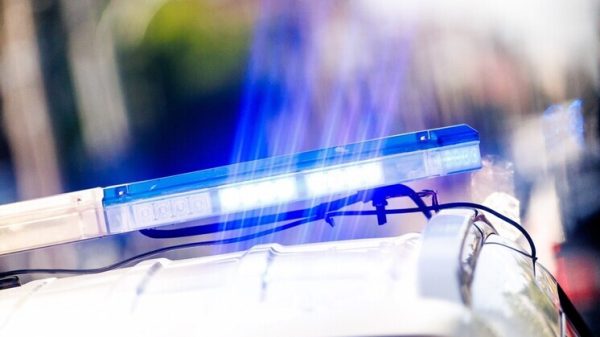







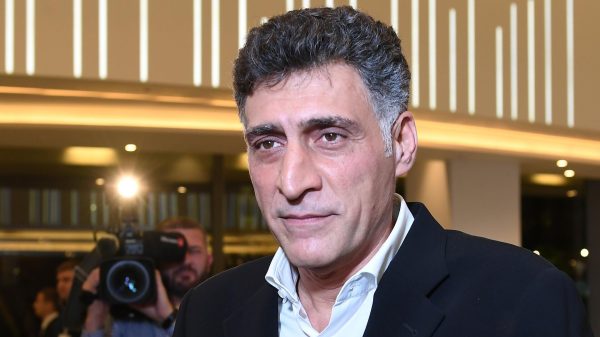


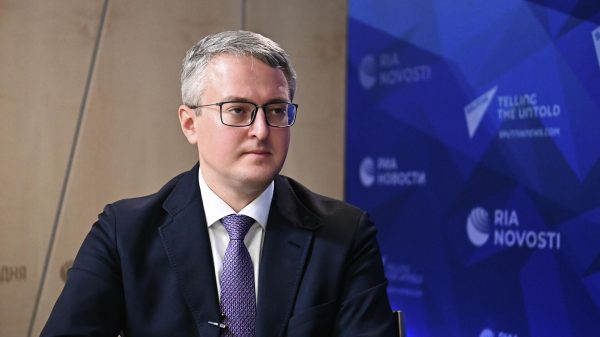
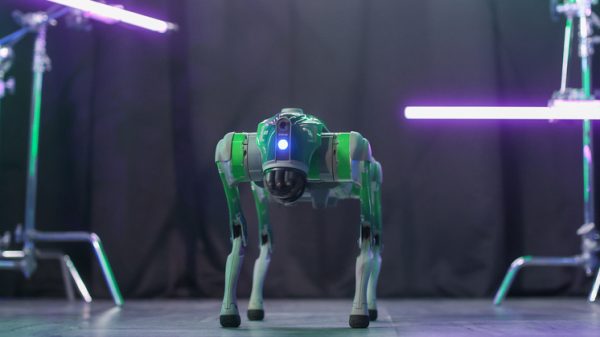










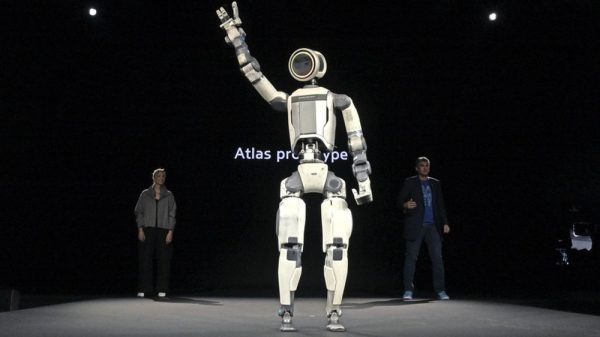



























Свежие комментарии